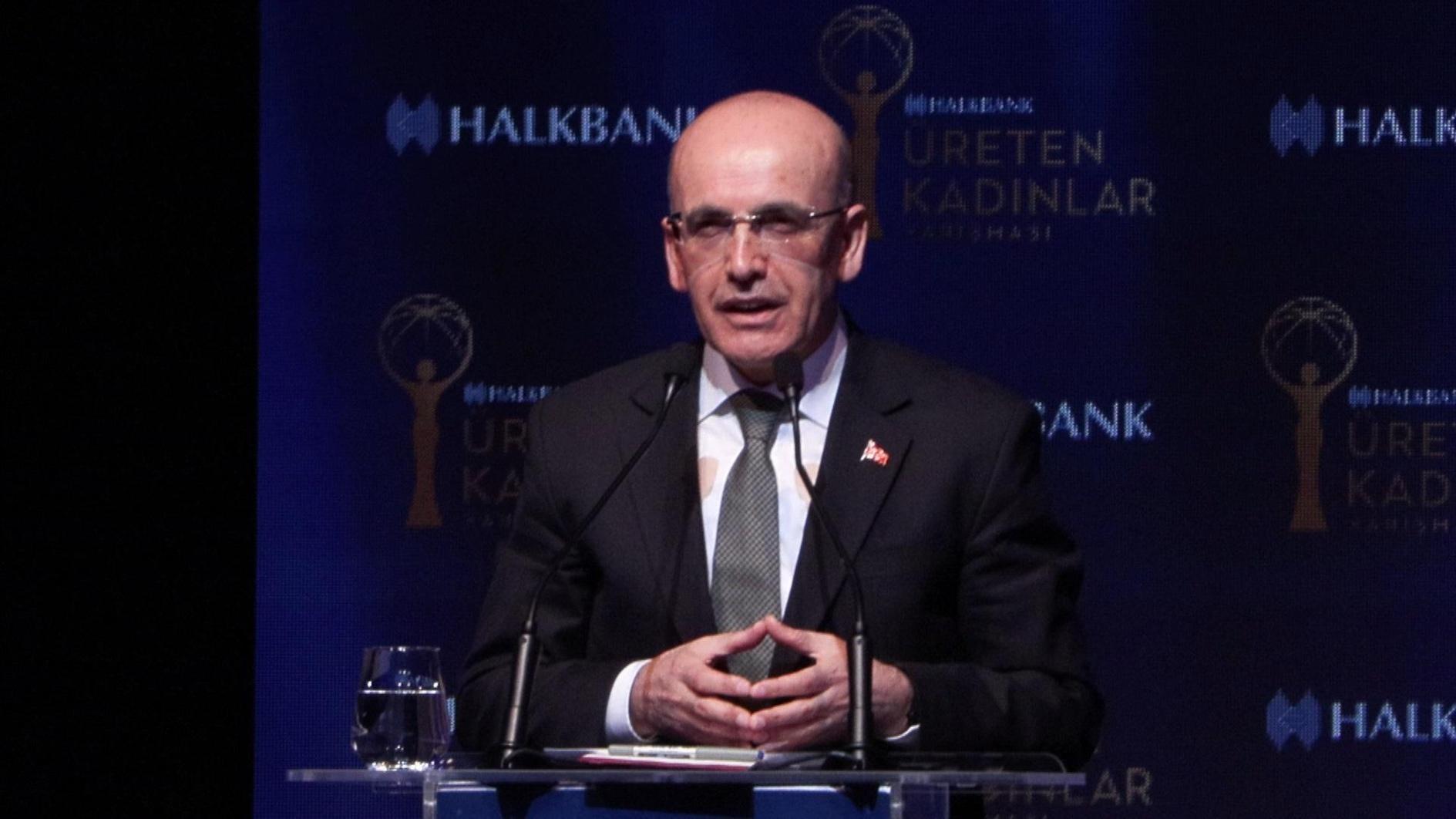The Istanbul of Miss Julia Pardoe
NIKI GAMM

Topkapı Palace from Beyoğlu.
“…for Constantinople needs no aid from the imagination to make it one of the brightest gems in the diadem of nature: its clear calm sky, its glittering sea, its amphitheatre of thickly-peopled hills, its geographical position, its political importance, and, above all, its surpassing novelty, tend to make every day and every hour in that gorgeous scene, and under that sunny sky, a season of intense enjoyment…”So Miss Julia Pardoe waxes eloquent in her 1839 book, “The Beauties of the Bosphorus.” 1836 was the year that the 30-year-old woman arrived in Istanbul with her father on their way to Egypt. But she was so struck with the Turkish city that was in the midst of turning into a western European city that she stayed much longer than she had planned. She was a keen observer and already a published author in 1836. She has often been compared with the wife of the British ambassador, Lady Mary Wortley Montague who was in Istanbul in 1717-1718 and wrote a series of letters to friends and relatives in England that described what life was like at that time. But the Montague letters are short, often rattled in order to meet the sailing time of a boat returned to England and apologetic in case she bored the reader.
Pardoe, on the other hand, was not from the nobility but must have been well-connected because her father had a very successful military career, reaching the rank of major. Although they don’t seem to have been immensely wealthy – Pardoe later in life had to struggle to earn money – they were of a sufficiently high rank that they were accepted in Istanbul society both on the Turkish side and in the British community. Moreover the author who was well-educated has been characterized as vivacious, warm-hearted and a good storyteller.
As an author, Pardoe had previously published The City of the Sultan in 1838 but now found herself encouraged to write this second book in which the charming engravings of William Henry Bartlett would be used. Barlett was one of the foremost illustrators of topography of his generation and traveled extensively not just in the Middle East but in America as well. Pardoe was to dedicate Beauties to Grand Vizier Mustafa Resit Pasa, one of the well-educated Turks who supported the movement to reform the Ottoman Empire along western lines. He served as foreign minister and six times as grand vizier. He has been called the father of the Tanzimat (reorganization of the Ottoman Empire) which was officially launched in 1839.
Beauties of the Bosphorus
Beauties of the Bosphorus encompasses many diverse subjects, some of which one might think would not interest an upper middle class young woman, but Pardoe’s curiosity is unflagging as she examines palaces and fortresses, walls and aqueducts on the one hand and the slave market, Beylerbeyi musicians and a coffeehouse on the other.
Pardoe was very observant of the people around her as much as the architecture. In fact she found reason to compare Turks with the way in which they treated their homes, especially the mansions found along the Bosphorus. In writing the passage below, she may have had the fortunes of Mustafa Reşit Paşa in mind.
“The shores of the Bosphorus are a study – not only for their beauty, but because, in the general aspect of the dwellings that fringe them, the traveler may read a great moral lesson; for Turkey is a country where the population do not fall back upon the past, where they almost careless about the future, and where the present is everything. The Turk builds for himself, toils for himself, intrigues for himself, as his father did before him; and leaves his children to strive and to create in their turn with the ‘inşallah!’ of an honest and unaffected philosophy. Fortune, even in the West, is a fickle tenure; but in the East, it is sometimes the more ephemera of a day; and thus, as the Osmanlı rises in that favor which alone can lend it, he at once erects or purchases a residence suited to his brightening prospects … but when, as is frequently the case, it outlasts his fortunes, he contents himself with the faded and discolored reliques of by-gone luxury…”
Pardoe is also honest in her assessment of others. For example, she describes the musicians that played at the Sweet Waters of Asia, today’s Göksu, who were frequently from Wallachia or were Jewish in origin, as follows: “Their minstrelsy is none of the sweetest; it requires not the ear of science to detect their discords, nor the taste of the poet to smile at their absurdities; and yet, it is impossible not to welcome them with smiles, for you know that joy and laughter fellow in their train: the calpac [fez made of fur] of the one, and the turban of the other, alike covers a shrewd and a busy brain.”
She is not above repeating gossip, for example in the following passage about the building of Yeni Camii: “And of the mosque itself, the Turks have a popular tradition, that it was built from the produce of one of the Sultana-mother’s diamond studded slippers, piously disposed of for the purpose of its erection; a legend which doubtlessly owes its origin to the probable fact of the expenses having been defrayed from the bishmalik (or slipper-money) of the imperial lady—: national grant to the female members of the reigning family, bearing some analogy to the ‘privy purse’ in England.”
Visit of Russian fleet
Pardoe very cleverly concludes her book with a description of the visit of the Russian fleet to Istanbul in 1833 at the request of Sultan Mahmud II, because he was being threatened by Mehmed Ali Paşa of Egypt whose troops had advanced as far as Konya. Although she wasn’t in Istanbul at the time, she was able to obtain a fairly lengthy description of what occurred when the Russian flotilla arrived and Russian troops landed on the Asian side. She writes, “At this crisis, when both the political and transition state of Turkey render it a subject of more than usual importance to all who are interested in Oriental affairs, a work on the Bosphorus would be incomplete if wanting a record of the most remarkable period of its modern history, during the presence of the Russian expedition, which arrived upon its shores in February, 1833.” Her purpose in relaying this obviously was to interest people in buying her book. Unfortunately this conclusion appears stuck on like an afterthought. One could wish she hadn’t put it in, or at least revised the book so it doesn’t appear that way.
















